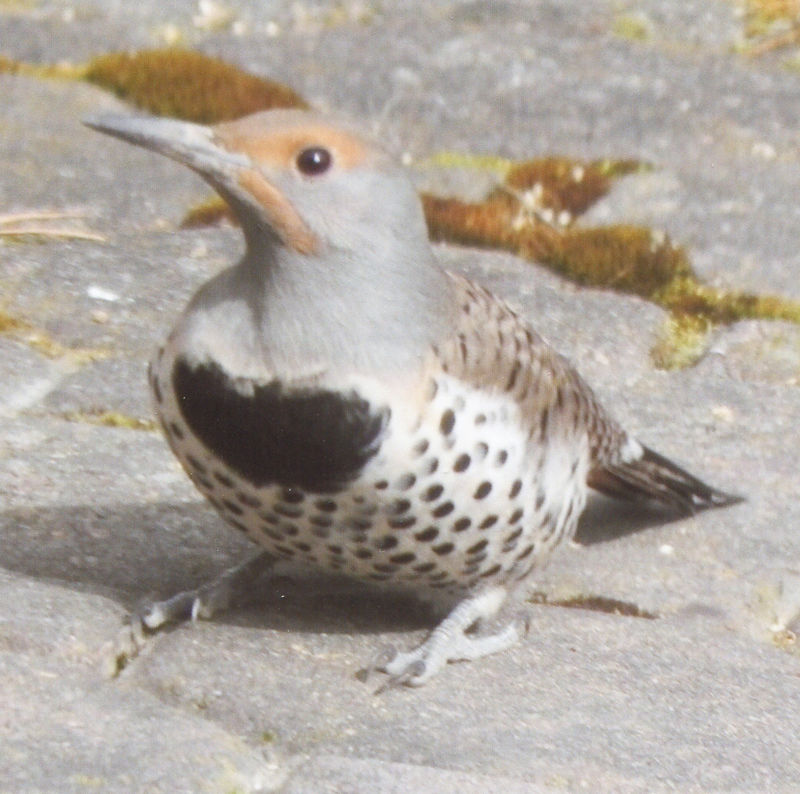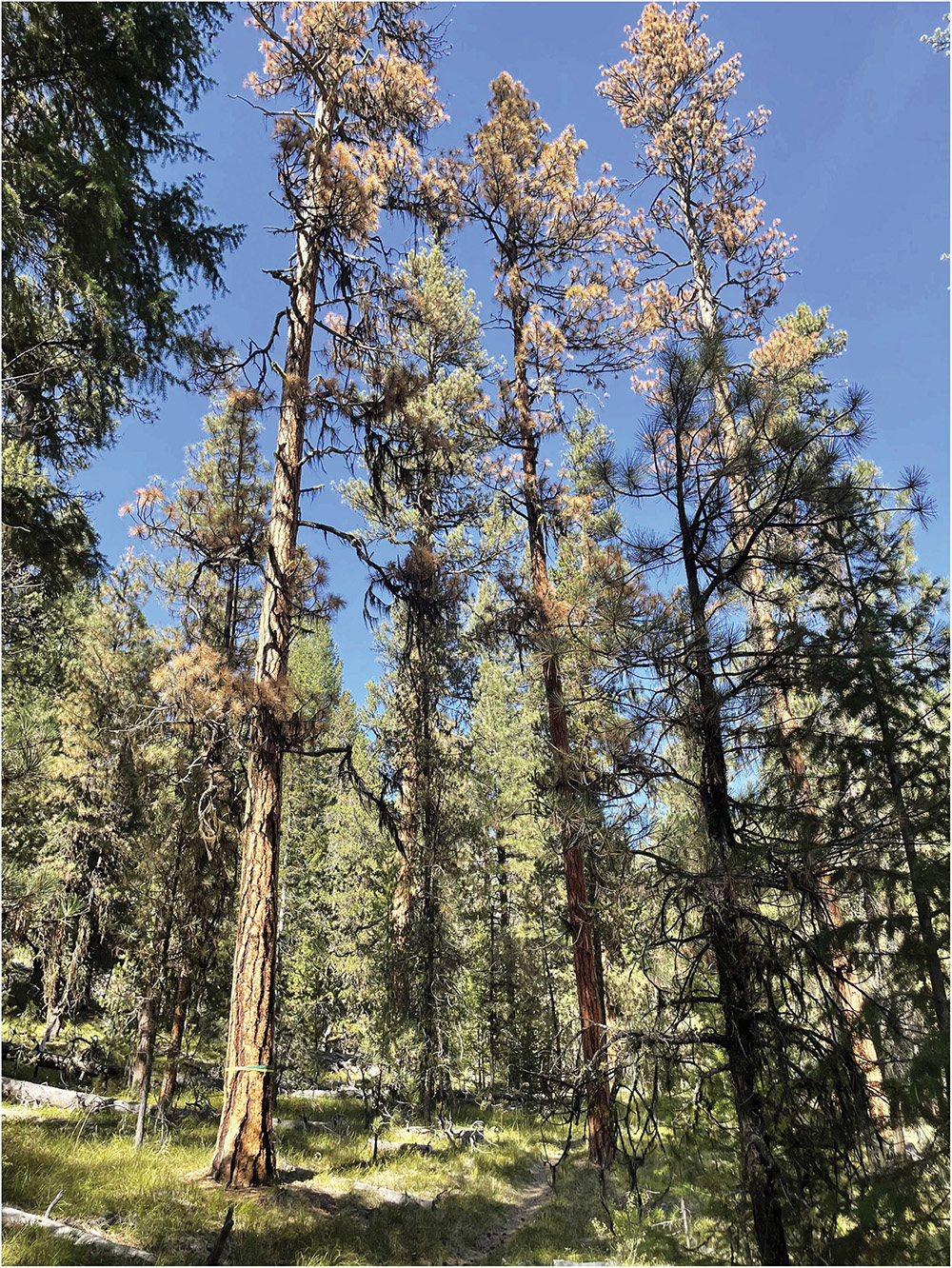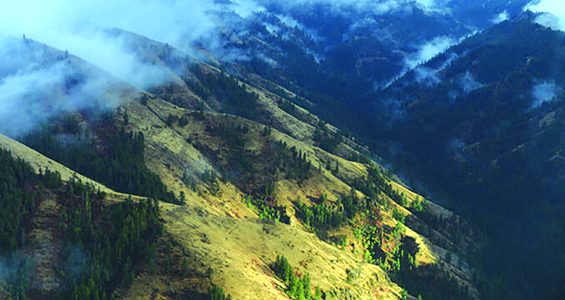BIRD-WATCHING: Flicker a feathered anteater
Published 4:00 pm Tuesday, March 4, 2014

- <p>The red-shafted flicker is often spotted on the ground because it's a prolific consumer of ants.</p>
My bird-of-the-month is the red-shafted flicker. The photo was sent to me by Bonnie Stockdale of Enterprise. These colorful woodpeckers are also called yellowhammers as their eastern cousins are named yellow-shafted flickers. They have one thing in common and that is their main food consists of ants.
However, I will be writing about the red-shafted flicker in this column. The photograph of this flicker finds it on the ground, which is appropriate since nearly all of their diet in summer is made up of ants. Quite often ants travel in long straight lines like military disciplined army soldiers. I have watched these flickers hop along the ground devouring a long line of ants on many occasions. As many as 5,000 ants have been found in the stomach of one flicker. These large woodpeckers nest in holes of dead snags and both the males and females take turns in incubating the eggs, but the males take their turn at night.
Trending
The feeding of their young is done by regurgitating half-digested ants into the beaks of the chicks. When the young leave the nest they look much like their parents. The adult flickers will use the same nesting hole year after year unless the starlings hog it before the flickers arrive. Of course flickers eat many other kinds of insects besides ants, and in winter they even eat several kinds of wild berries.
Red-shafted flickers can be found from southeastern Alaska all the way down to Baja California. When we were on our five acres on Hurricane Creek, there was a pair of flickers that nested high up in a cottonwood tree that was trying to die at the top. We also had flying squirrels on our place which are nocturnal. That might be the reason the more aggressive male flickers took the night shift as these squirrels have been known to eat eggs. Anyway the flickers raised their young there in that same hole for the 13 years that we lived there.
Even though flickers do migrate, you can see a few of them all winter long in Wallowa County. However, they dont get noisy until mating time in April and May. Then you will hear them calling their mates and establishing their territory.









